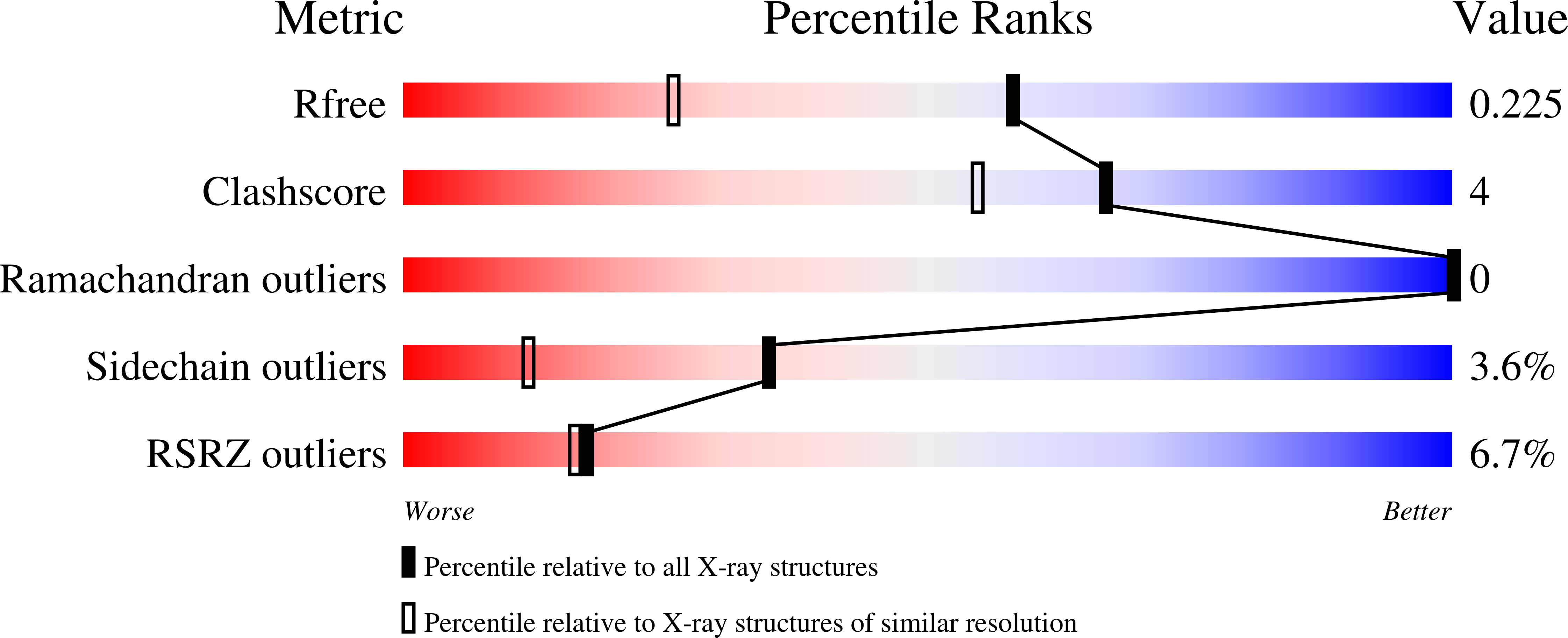
Deposition Date
2023-07-19
Release Date
2024-01-17
Last Version Date
2024-03-06
Entry Detail
PDB ID:
8PW2
Keywords:
Title:
Protein p6 from bacteriophage phi29, C-terminal delta31 truncated version
Biological Source:
Source Organism:
Salasvirus phi29 (Taxon ID: 10756)
Host Organism:
Method Details:
Experimental Method:
Resolution:
1.59 Å
R-Value Free:
0.21
R-Value Work:
0.21
R-Value Observed:
0.21
Space Group:
P 31 2 1


